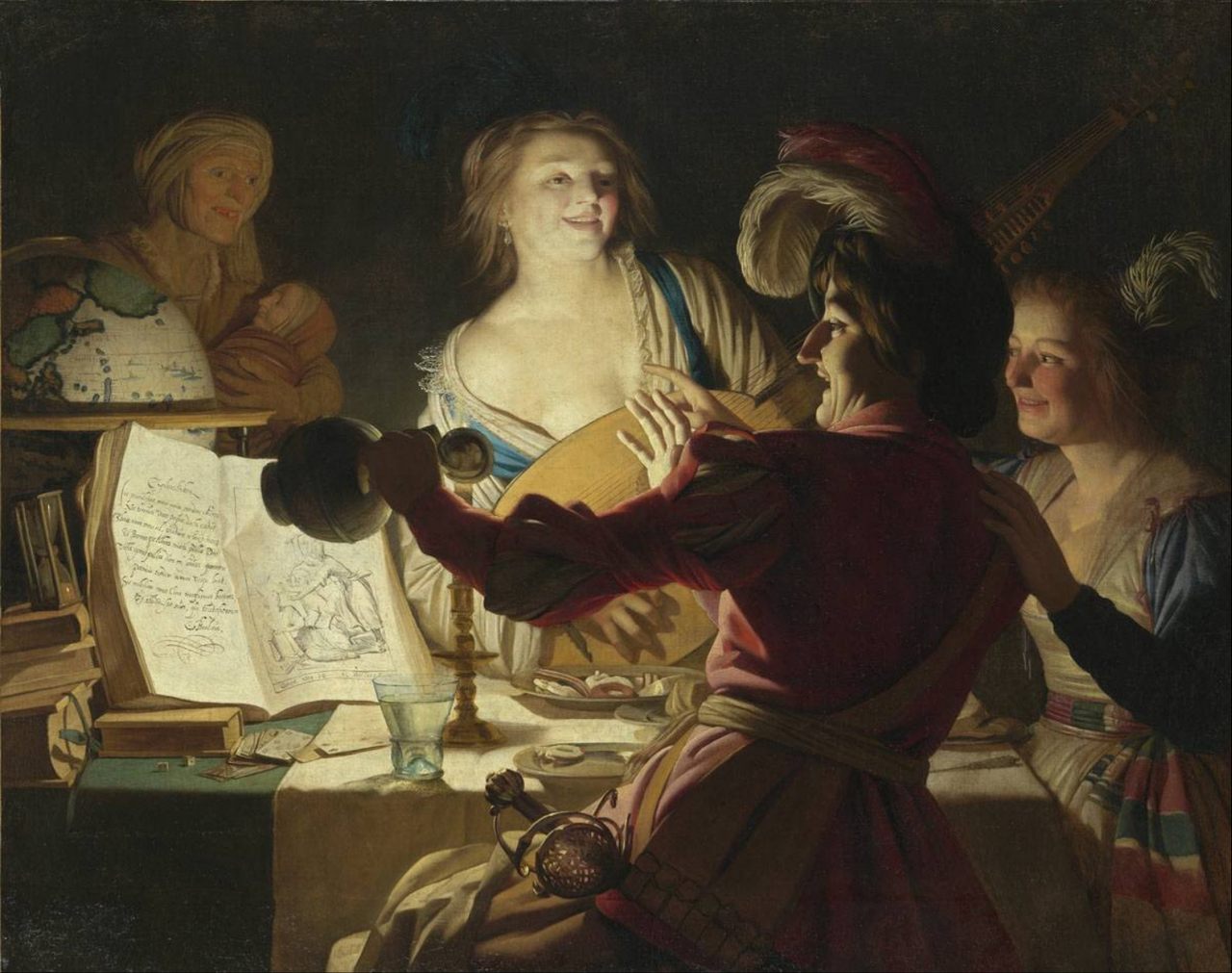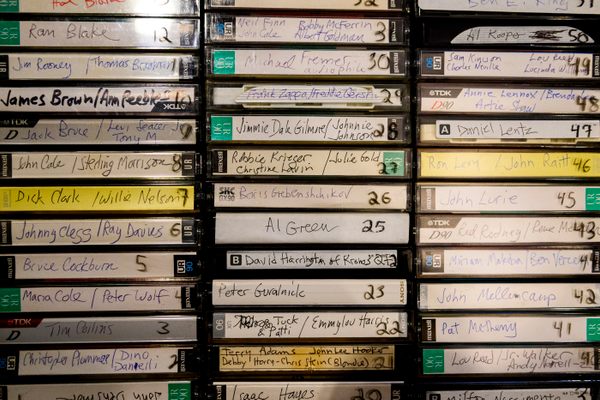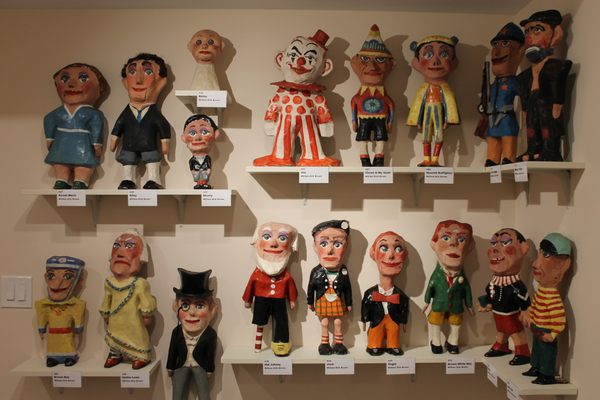Shakespeare, Kings, and Commoners All Loved These Hit English Ballads
Move aside Taylor Swift. In the 17th century, these songs were the pop music anthems of their day.
When 34-year-old Robert Devereux, the 2nd Earl of Essex and ill-fated leader of a failed rebellion against Queen Elizabeth I, laid his head on the executioner’s block in 1601, the prospect of inspiring a hit ballad was likely the furthest thing from his mind. Yet his grisly demise sparked one of the most enduring songs of the 17th century.
Titled “A lamentable Dittie composed upon the death of Robert Lord Devereux late Earle of Essex, who was beheaded in the Tower of London, upon Ashwednesday in the morning,” the ballad details the tragic fall of this once-heroic figure, with lyrics like “Sweet Englands pride is gone, welladay welladay, which makes her sigh and grone.” Its poignant verses struck a chord with listeners, ensuring the song’s publication throughout the 17th century and well into the 18th, making it one of history’s longest-circulating ballads.
Known as broadside ballads, these narrative songs on popular topics captivated high-born aristocrats and lowly peasants alike. A modern team of historians and musicians have teamed up to create the 100 Ballads website featuring 100 recordings of the most popular ballads from 17th-century England—their very own Billboard Top 100. These ballads offer a fascinating glimpse into a long-lost world, highlighting surprising parallels between the 17th century and today.
Christopher Marsh, a historian at Queen’s University Belfast, and Angela McShane, a historian at the University of Warwick, created the 100 Ballads website earlier this year. Marsh hopes the project will fill a gap in the understanding of popular British culture from the late 15th to late 18th century.
“If you wrote a book about contemporary popular culture and you didn’t mention song, you wouldn’t necessarily be taken very seriously,” says Marsh.
While ballad lyrics have been studied previously, Marsh wanted to put the music center stage. To achieve this, he enlisted members of the Carnival Band—known for playing an eclectic mix of instruments in styles encompassing folk, classical, baroque, medieval, and Arabic music—alongside other musicians.

Using 17th-century instruments, the musicians recorded the most popular ballads of early modern England, some of which contain up to 98 verses. These recordings are now available on the 100 Ballads website.
It was a pioneering endeavor. “It’s the first time that, as far as I know, anyone has ever attempted a chart of hit songs for any period before 1800, [maybe] even later, [and] certainly for the 17th century,” says Marsh.
While 17th-century broadside balladry emerged from earlier music practices—such as medieval balladry, Renaissance contrafactum (the practice of setting new lyrics to existing tunes), minstrelsy, and folk—it owes its existence to the printing press. The first broadside ballads appeared sometime after the press’s invention in the 15th century, and the genre reached its pinnacle in the 1660s. The combination of accessible melodies, narrative storytelling, and the ability to widely print and distribute these songs made broadside balladry a dominant form of popular music in the 17th century.
Printed on one side of a large sheet of paper, or “broadside,” singers sold these ballads for a penny apiece, often performing a portion of the song to interested customers. Buyers would then sing the songs socially, either at home with friends or in alehouses, where the songs were often pinned to walls. Today, the influence of broadside ballads can be traced through sea shanties, American ballads, music hall songs, modern folk, and protest songs.
Jonathan Healey, a historian at the University of Oxford, says the 100 Ballads project helps uncover historical attitudes toward gender, poverty, politics, and subsistence—especially during the food shortages of the 17th century. The project “allows us to think about how people in [the] 17th century thought,” says Healey.

The popularity of broadside ballads lay in their ability to articulate the concerns of ordinary people, says Marsh. “My feeling is that ballad-makers take a common preoccupation and then they magnify it into an extremely dramatic story so that something mundane and relatable becomes also something exotic and interesting.”
By far the most popular type of broadside ballads were love songs (including songs about sex, desire, and romantic relationships), says Marsh, followed by political, historical, and religious songs, in no particular order.
For Marsh, “The Spanish Ladies Love” is a perfect example of a broadside ballad about love. At first glance, the lyrics tell a story of unrequited love—a 16th-century Spanish noblewoman falls for her captor, an English sea captain, only to be rejected because he is married. Heartbroken, she retreats to a convent.
The song resonated with Brits exhausted by the long-standing hostility between England and Spain, says Marsh. Multiple sub-themes also kept listeners hooked: a romance between enemies across a class divide; the patriotism fed by a Spanish woman falling for an Englishman; and the intrigue of the will-they-won’t-they throughout. “It ticks a whole load of different boxes, led by romance,” says Marsh.

In 17th-century England, where religious and political strife raged, popular culture also found an outlet in the sharp-edged verses of politically charged ballads, which often feature “shorter, punchy, and aggressive” music, says Andy Watts, leader of the Carnival Band.
For instance, “A New Song,” the best-known political song of the era, revived old anxieties about the threat Irish Catholics posed to English Protestants. The song “is literally credited with bringing about the [Glorious] Revolution,” says McShane, referring to the 1688 deposition of King James II, the last Catholic monarch of England.
Poor Devereux’s ditty was, on the other hand, an immensely popular, historical ballad. Instead of reviling him for his treasonous exploits, the lyrics have him declare loyalty to Queen Elizabeth I and evoke his military might. The song frames Devereux as a flawed hero in a tragedy rather than a traitor. “It’s a fascinating part of the way ballads could use history to promote figures, even though they’re criminals,” says McShane.
For Marsh, one of the best examples of a religious ballad is “An Excellent Ballad, intituled, The Constancy of Susanna,” which narrates how Susanna refused the advances of two lecherous men and was ultimately saved by God when the men wrongly accused her of adultery. The song’s popularity stemmed from its strong connection to the Bible and themes of morality, divine intervention, gender, and relationships, says Marsh.
Women were likely drawn to Susanna’s story as an inspiring heroine who resisted male oppression, demonstrating that “ballads that appealed to women were marketable in this period,” says McShane.

Even though 400 years separate us from the 17th century, Oxford historian Healey says there are still “resonances and rhymes to the way we think today” in these ballads. A recent study of U.S. top 40 hits highlights some of these “resonances” across the ages. Assuming English cultural trends mirror those in the U.S., the study demonstrates that some of the most dominant themes in modern pop music—relationships and love, sex and desire, wealth and status, and alcohol and drugs—echo those of the past.
But there are stark differences too. Modern songs are far less concerned with politics, history, and religion, says Marsh.
The contrast is even sharper when considering the prevalence of death, violence, execution, and murder in 17th-century ballads. “There’s a real sense of the closeness of death” in the ballads, says Watts. “It’s not necessarily a preoccupation or morbid. It’s just a fact of life that death is just around the corner.”
While society’s obsession with love songs has persisted for more than 500 years, some of the 17th-century’s darker themes have thankfully been left behind. At least modern songs no longer lament public executions.





















Follow us on Twitter to get the latest on the world's hidden wonders.
Like us on Facebook to get the latest on the world's hidden wonders.
Follow us on Twitter Like us on Facebook